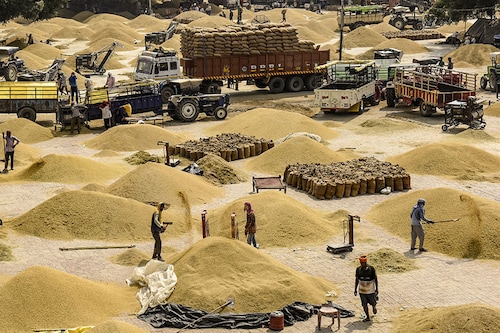India's rice export ban leaves countries scrambling
India, the world's largest exporter of rice, has put in place a ban on non-Basmati varieties. What does this mean for large importers of Indian rice?


On July 20 India imposed a ban on export of non-basmati varieties of rice. This was done to ensure domestic availability at reasonable prices. Export of non-basmati varieties account for 25-30 percent of rice exports. Last year, as prices started moving up in the global market the government had imposed a 20 percent duty on export of rice but exports continued to rise. There was also a complete ban on export of broken rice. Besides, rice buffer stocks are running low.
As the export ban accounts for only 25 percent of rice varieties in India expect the net export numbers to still remain high. And rice accounts only for 2.5 percent of Indian exports. But since the government continues to provide free foodgrains to 800 million Indians buffer stocks need to be maintained. This means that analysts expect the rice ban to stay. Remember India had announced a ban on wheat exports as well after warm weather disrupted the kharif crop.
First Published: Aug 04, 2023, 16:13
Subscribe Now